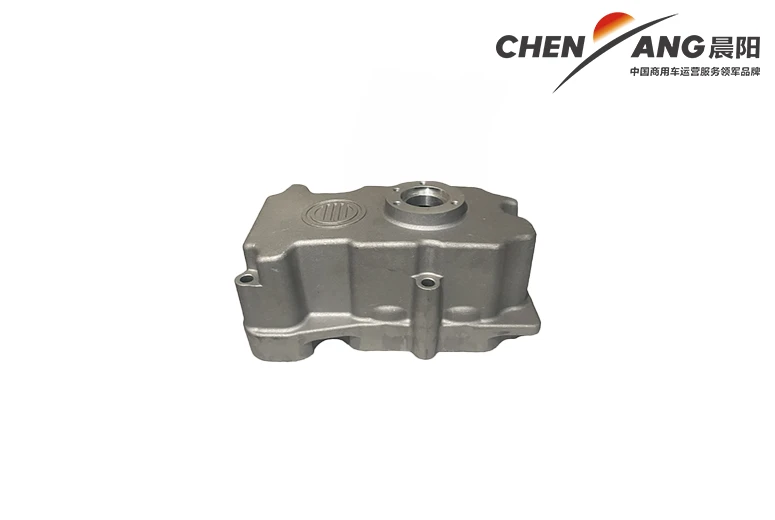Understanding the Importance of the Transmission Drain Pan in Your Vehicle
Understanding Transmission Drain Pans Importance and Maintenance
Transmission systems are vital for the smooth functioning of vehicles, translating engine power into movement and ensuring efficient control over speed and torque. Among the various components that contribute to the health of a transmission system, the transmission drain pan plays a critical role. This article delves into the function, importance, and maintenance of transmission drain pans, providing a comprehensive view for vehicle owners and enthusiasts alike.
What is a Transmission Drain Pan?
The transmission drain pan is a critical component of the vehicle's transmission system, typically made from metal or plastic. It is located at the bottom of the transmission unit and serves several essential functions. Primarily, the drain pan collects excess transmission fluid that drains from the transmission system. This fluid is essential for lubricating the internal components of the transmission, helping to prevent overheating and wear.
The design of the drain pan often includes a gasket to ensure a secure and leak-proof seal. Additionally, it typically features a drain plug, allowing mechanics or vehicle owners to easily remove old fluid during maintenance or when conducting a transmission fluid change.
Importance of the Transmission Drain Pan
1. Fluid Containment The drain pan acts as a reservoir for transmission fluid, helping to maintain the necessary fluid levels for optimal transmission performance. Low fluid levels can lead to inadequate lubrication, causing wear on gears and other internal components, which may eventually lead to transmission failure.
2. Heat Dissipation During operation, the transmission generates heat. The drain pan absorbs some of this heat, allowing the fluid to cool slightly before recirculating through the system. Maintaining the correct operating temperature is crucial for the longevity and efficiency of the transmission.
3. Maintenance Access The drain pan provides easy access to the transmission fluid for maintenance purposes. Regularly changing the fluid is essential for preventing sludge buildup and ensuring that the transmission operates smoothly. A well-maintained drain pan facilitates this process, enabling mechanics or vehicle owners to perform fluid changes without excessive hassle.
transmission drain pan

4. Leak Detection As part of the transmission assembly, the drain pan can help indicate potential leaks. If fluid begins to pool beneath the vehicle, it may be a sign that the drain pan or its gasket is compromised. Early leak detection can prevent significant damage and costly repairs.
Maintenance Tips for the Transmission Drain Pan
Maintaining the transmission drain pan is crucial for ensuring the health of your vehicle’s transmission system. Here are some tips to keep in mind
1. Regular Inspections Periodically check the condition of the drain pan and its gasket for signs of wear or damage. Look for any fluid leaks or residue around the pan. If you notice a leak, it’s important to address it promptly to prevent fluid loss.
2. Fluid Changes Follow the manufacturer's guidelines for transmission fluid changes. Generally, it is recommended to change the transmission fluid every 30,000 to 60,000 miles, but this can vary depending on the vehicle and driving conditions. Use the appropriate type of fluid as specified in the owner’s manual.
3. Drain Pan Replacement If the drain pan becomes damaged or the gasket fails, replacement may be necessary. A damaged drain pan can lead to significant fluid loss and potentially catastrophic transmission failure. It is advisable to consult a professional if replacement is needed.
4. Professional Assistance If you are unsure about performing maintenance on the transmission drain pan or if you notice any problems, consult a professional mechanic. They can provide a thorough inspection and recommend the necessary services.
Conclusion
The transmission drain pan plays a vital role in the overall health and performance of a vehicle’s transmission system. By understanding its functions and importance, as well as implementing regular maintenance practices, vehicle owners can enhance the performance and longevity of their vehicles. Whether it's performing a routine fluid change or keeping an eye out for leaks, taking care of the transmission drain pan is an essential part of vehicle maintenance that should not be overlooked. Effective maintenance not only saves money in the long run but also contributes to safer and more reliable vehicle operation.
-
SINOTRUK HOWO 84 Electric Dump Truck for Eco-Friendly Heavy HaulingNewsJul.26,2025
-
The Fast 16-Gear Manual Transmission Assembly for Heavy TrucksNewsJul.25,2025
-
Mercedes Benz Actros 1848 42 Tractor Truck for Sale - Reliable PerformanceNewsJul.24,2025
-
High-Quality Water Pump Assembly for Sinotruk Trucks – Durable & ReliableNewsJul.23,2025
-
Premium Truck Engine Antifreeze Coolant Fluid for Heavy Duty VehiclesNewsJul.22,2025
-
FOTON View G7 Mini Bus: Affordable & Spacious TransportNewsJul.22,2025
Popular products

























